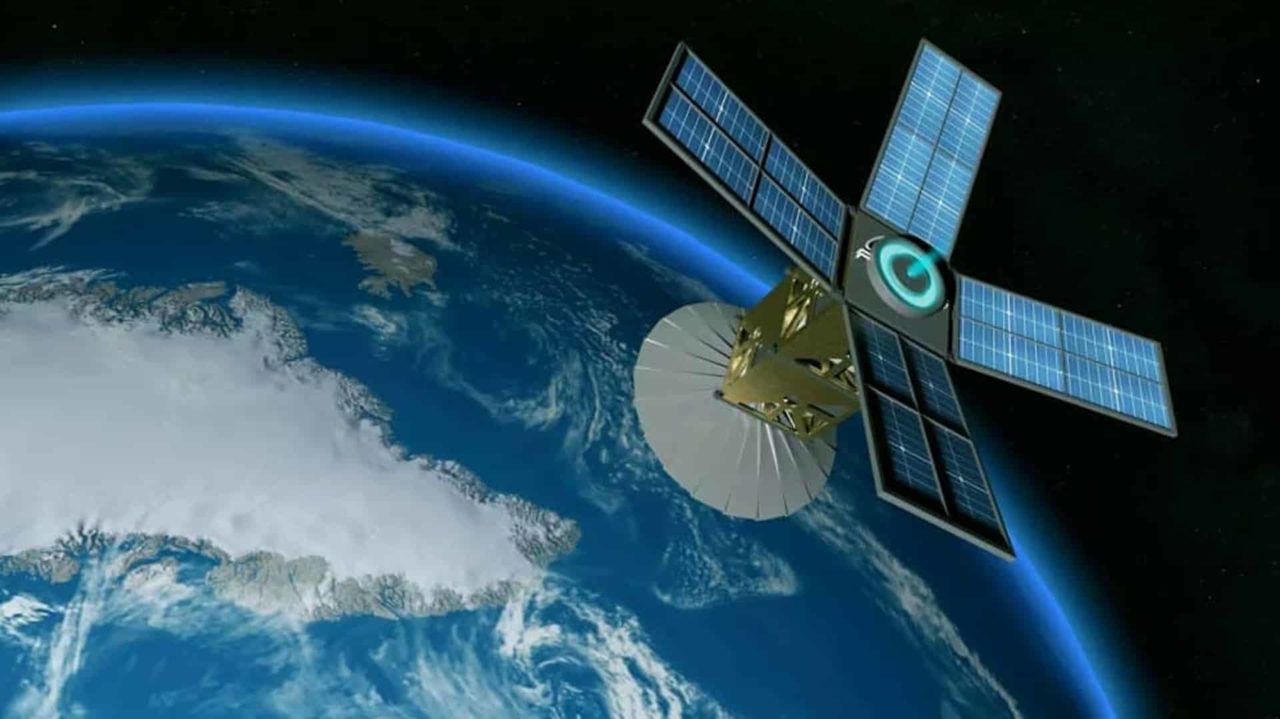

India Implements Stricter Security Guidelines for Satellite Communication Services
The Department of Telecommunications (DoT) in India has rolled out enhanced security protocols for satellite communication (satcom) services, aiming to bolster national security while supporting the growing demand for these technologies. The new regulations address critical areas such as data localization, website accessibility, metadata collection, and the integration of the indigenous NavIC positioning system.
These updated norms apply to both current license holders—including established entities like Eutelsat OneWeb and the Jio-SES joint venture—and prospective entrants like SpaceX’s Starlink and Amazon’s Project Kuiper. The DoT’s revised framework is a response to rapid advancements in satellite technology, alongside the need for increased regulatory oversight.
Officials have confirmed that all companies seeking a satcom license, including Starlink, must adhere to these stringent security requirements. Sources indicate that Starlink is nearing regulatory approval, having already complied with many of the new guidelines.
Under the newly implemented rules, satcom firms are mandated to establish local data centers or Points of Presence (PoPs) within India. This ensures that services and data management occur domestically. Additionally, licensees are required to resolve domain names within India, preventing data transfer or decryption outside the country.
To further strengthen domestic capabilities, the DoT’s phased indigenization plan necessitates that companies localize at least 20% of their ground network within five years post-launch. This move is designed to boost local manufacturing capabilities within the satellite communication landscape.
These guidelines reflect heightened concerns regarding national security, especially in light of ongoing geopolitical tensions. The DoT has stipulated that satellite-to-satellite communication must not bypass Indian gateways, reinforcing the importance of regulatory compliance.
In a significant step forward, satellite user terminals equipped with mobility features will now require mandatory location tracking. Operators must monitor user locations at intervals of 2.6 kilometers or every minute, whichever comes first, ensuring that access can be restricted in sensitive areas. Additionally, a specialized monitoring zone spanning 50 kilometers near international borders will be established.
Satcom operators will face a comprehensive suite of 29 to 30 specific security conditions. Key requirements include maintaining website inaccessibility for blocked sites via GMPCS services, preventing unauthorized connections to foreign gateways, and ensuring user location data remains secure. The DoT emphasizes that sensitive user information should not be retrievable from external locations.
The finalization of these measures followed extensive consultations with industry stakeholders and reflects the government’s commitment to reinforcing oversight in the burgeoning satellite communications sector.
As the landscape for satellite communication evolves, these regulations could significantly impact both the operational practices of companies in the sector and consumer experiences. Enhanced security measures are expected to boost consumer confidence while fostering innovation and growth in India’s satcom industry.